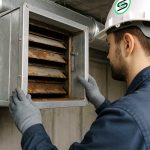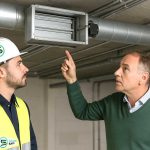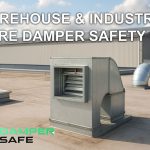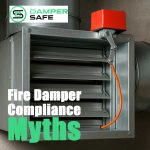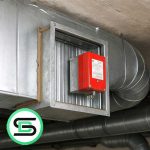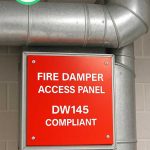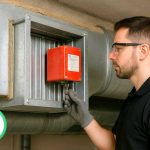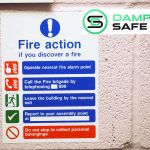Fire Damper Testing Costs Explained: Budgeting for Compliance
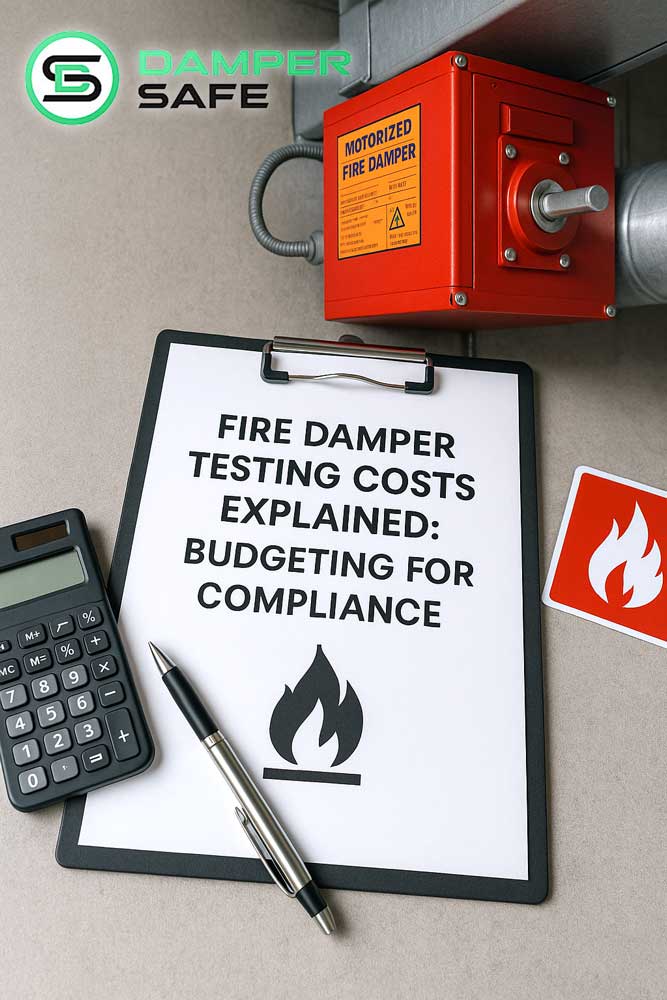 Introduction: Why Cost Transparency Matters
Introduction: Why Cost Transparency Matters
When it comes to fire damper testing costs, care home managers, facilities teams, and duty holders often struggle to plan realistic budgets. Testing is a legal requirement under the Regulatory Reform (Fire Safety) Order 2005, and neglecting it can expose organisations to prosecution, fines, and—most importantly—serious risks to safety. Understanding the factors that influence the price of inspections helps you allocate resources correctly and avoid compliance failures.
This guide explains how fire damper testing costs are calculated, what you can expect to pay, and how smart budgeting ensures ongoing compliance without unwelcome surprises.
What Affects Fire Damper Testing Costs?
No two buildings are the same, and neither are their budgets for testing. Several factors drive overall fire damper testing costs:
- Building Size: Larger properties, such as hospitals, schools, or care homes, will naturally have more dampers, increasing both time and labour requirements.
- System Complexity: Buildings with intricate HVAC and ductwork systems, multiple floors, or hard-to-access dampers will face higher inspection costs.
- Number of Dampers: The total quantity of fire dampers directly influences the length of time required to complete testing, which impacts cost.
- Testing Intervals: While annual inspections are the minimum requirement, high-risk environments may choose six-monthly testing, which increases yearly spend.
- Remedial Works: If dampers fail, costs rise due to repairs, replacements, or installation of compliant access panels.
These variables mean fire damper testing costs will always be tailored to your building and compliance requirements.
Typical Price Ranges
While it is important to understand the factors above, we also need to stress that there are no fixed national tariffs. Every site requires a bespoke survey and quotation. However, most commercial property managers can expect fire damper testing costs to range from a few hundred pounds for small sites with a handful of dampers, up to several thousand pounds for large, complex facilities.
Clause: These figures should only be considered as indicative guidelines. Every building must be assessed individually, and accurate pricing can only be provided after a professional site survey.
Budgeting for Ongoing Compliance
Many facilities teams underestimate the long-term importance of financial planning for fire damper testing costs. Best practice includes:
- Building testing into annual budgets rather than treating it as an unexpected expense.
- Allowing for remedial works—it is common for some dampers to fail during inspection, particularly if they have not been tested before.
- Factoring in access door installation where dampers are currently unreachable.
- Considering frequency—some environments such as care homes and hospitals may require six-monthly inspections for reassurance.
Budgeting this way prevents last-minute financial strain and ensures compliance is maintained consistently.
Why Transparent Pricing Builds Trust
Fire safety is not an area where cutting corners is acceptable. By understanding and planning for fire damper testing costs, facility managers demonstrate proactive risk management and avoid potential enforcement from the Fire and Rescue Service. Transparent pricing also builds trust between service providers and clients, ensuring no hidden surprises.
For additional context, the UK Government provides general fire safety cost considerations as part of its workplace fire safety guidance.
How Damper Safe Ltd Can Help
At Damper Safe Ltd, we pride ourselves on clear, competitive, and fully transparent quotations. Our process ensures that fire damper testing costs are communicated upfront, based on a thorough assessment of your site.
- Experienced engineers trained to DW145 fire damper standards.
- Comprehensive reporting to meet compliance for CQC, local authorities, and insurers.
- End-to-end services including testing, remedials, and fire damper maintenance.
- Guidance for facility managers on budgeting and ongoing compliance strategy.
Conclusion: Plan Ahead, Stay Compliant
Fire damper testing costs vary according to building size, system complexity, testing frequency, and remedial needs. By recognising these factors and budgeting accordingly, you ensure legal compliance, protect building occupants, and avoid financial shocks.
If you are responsible for compliance in a care home, office, or commercial facility, contact Damper Safe Ltd today for a bespoke quotation. With our expertise, you can budget with confidence and maintain a safe environment for everyone who uses your building.


